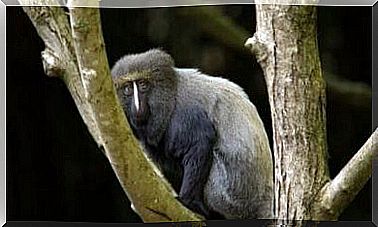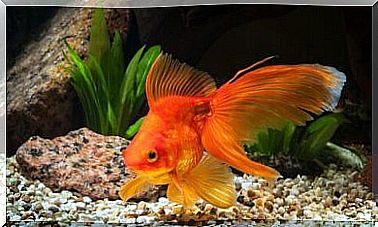Stonefish, The Almost Invisible Inhabitant Of The Reefs
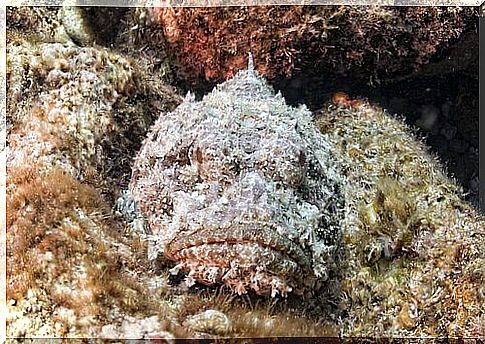
Even if it looks so, the stonefish is not a stone ; it is a creature that takes the shape of a rock and can hurt people very badly. It is a deadly poisonous species that disguises itself as a grayish or brown stone.
People, when they swim in the open sea, confuse it with a stone by stepping on it, and this puts them in danger of life. When its thorns are crushed, it releases a very powerful poison.
This toxin causes such unbearable pain and paralysis that if the person is not rescued in time, they could die.
Stonefish are not aggressive, and will not attack unless provoked. It is his defense mechanism that is activated if he is accidentally beaten.
Physical appearance of the stone fish
True to its name, the stonefish is similar to a crusty rock or debris found at the bottom of the sea. But if we look closely, it has some interesting features.
Most of these specimens are brown or gray in color with yellow, orange or red spots.
Estuarine stonefish are generally brown or reddish brown in color.
Orange growths, such as the sponges found on some of these animals, can make it look like debris found in the Reef.
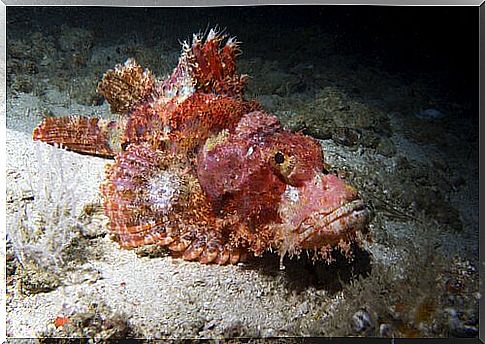
Generally, its dimensions reach 35 cm in length, although there are some specimens that reach 50 cm. It can weigh about 2.5 kg.
It has huge eyes, like those of insects, and the location of these distinguishes them between the Reef and Estuary species. The eyes of the latter are further out and separated by a crest, and those of the Reef stonefish are separated by a deep depression.
One of the most important features of this marine animal is its needle-shaped dorsal fin, on the base of which the pressure-sensitive poisonous glands are located. It has 13 sharp thorns, and whenever it feels threatened, it raises them to defend itself.
In addition to these 13 spines, it has 2 pelvic and 3 anal spines, which however remain hidden under the skin. This fish has no scales ; its encrusted skin is what gives it the appearance of a rough rock.
Habitat and reproduction
Stonefish is found in the coastal regions of the Indian and Pacific Oceans, in the waters north of Australia.
Its main habitat is coral reefs. However, it can also be found near and under rock ledges, mud and sand when the tides come.
Although the stonefish is largely marine, both the Barrier Reef and the Estuary fish have the same breeding stock.
The female carries unfertilized eggs within her, which are released at the bottom of the sea or on a rocky platform.
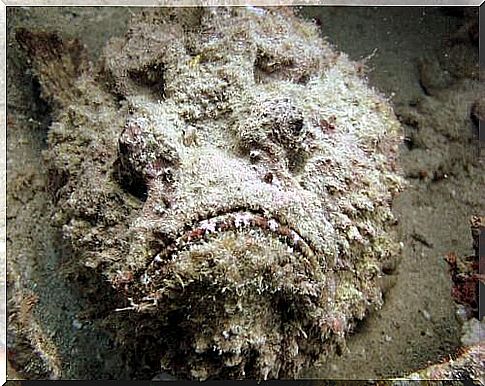
When the male reaches this area, he sprays his sperm on the eggs. Being fertilized, they hatch after 3 days. Newborn babies are easy prey for other species, so only a few of them reach adulthood.
Other interesting data
Stonefish feeds mainly on small fish and shrimp. It is a patient hunter who can wait for hours for a prey to be near him and then surprise it.
Sometimes it buries itself in the sand so that only the top of the head and spines remain exposed.
If the prey is positioned behind its head, this raises its spines scaring it and carrying it towards the area of attack.
The poisonous glands located at the base of these spines contain neurotoxins. The sting can produce severe pain and itching.
Sometimes, it can cause tissue death and paralysis, based on the depth of penetration and the number of spines that have entered.
After releasing the venom, the glands need a few weeks to refill. The amount of liquid is proportional to the degree of pressure applied.


